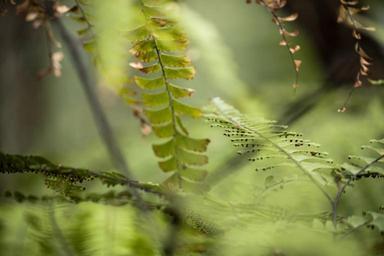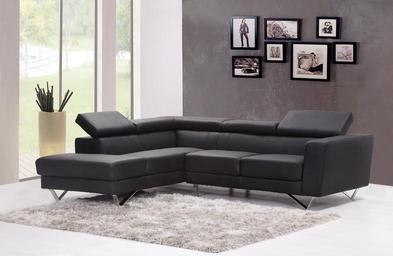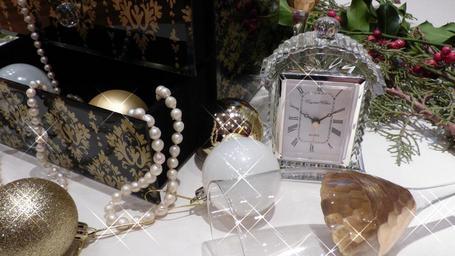Introduction
In an age where individuals are constantly searching for ways to express themselves and create inviting spaces, self-portrait photography emerges as a unique medium for contemplative interior decor. This art form not only captures the essence of one's identity but also transforms personal spaces into vibrant reflections of http://inspirevault690.lucialpiazzale.com/aesthetic-colorful-portrait-photography-brightening-up-your-walls one's inner world. Through aesthetic photos wall displays, large canvas hanging tips, and the integration of fine art photography within home decor, self-portrait photography has the potential to elevate our environments.
Self-Portrait Photography as a Medium for Contemplative Interior Decor
Self-portrait photography serves as a powerful means of self-expression, allowing individuals to explore their identities while simultaneously creating art that can adorn interior spaces. By utilizing abstract self-portrait photography, faceless self-portrait ideas, and aesthetic colorful portrait photography techniques, photographers can capture their essence in visually striking ways.
Moreover, the concept of personal spaces with art becomes more profound when one considers how these images can resonate with viewers on an emotional level. They are not merely decorations; they tell stories through visual storytelling in design. Each piece invites viewers to reflect on their experiences and emotions while enhancing the overall atmosphere of any room.
The Intersection of Art and Interior Decor
Creating Inviting Spaces with Art
Art has always played a pivotal role in shaping our environments. When we think about creating inviting spaces, it's essential to consider how pieces like portrait photography can impact mood and ambiance.
Why Choose Self-Portrait Photography?
Personal Connection: Unlike generic artwork, self-portraits foster a deep connection between the viewer and the subject. Versatility: From abstract styles to colorful portraits, there’s endless versatility in how these photographs can be presented. Narrative Depth: Every photograph tells a story and invites contemplation—qualities that transform mere decoration into meaningful dialogue.Interior Decor Inspiration from Self-Portraits
When seeking interior decor inspiration, consider how you might use self-portraits to enhance your space. Here are some ideas:
- Gallery Walls: Create an aesthetic photo wall blending different styles of self-portraits—mixing abstract with traditional forms can add visual interest. Large Canvas Hanging Tips: Display larger pieces prominently in rooms where they can catch attention—think living rooms or entryways.
Aesthetic Photos Wall: The Power of Visual Storytelling
Building Your Aesthetic Photo Wall
An aesthetic photo wall is more than just a collection of images; it’s a curated experience that reflects personal taste and narrative.
Choosing the Right Images
To build an impactful wall:
Select images that resonate emotionally. Consider color schemes that align with your interior decor theme. Mix different sizes for visual intrigue.Wall Art Placement Strategies
How to Hang a Large Canvas Effectively?
When it comes to large canvases:
- Always position at eye level for maximum engagement. Leave appropriate space between pieces for breathing room.
Faceless Self Portrait Ideas: Anonymity Meets Expression
Exploring Faceless Representations in Art
Faceless self-portraits allow artists to convey emotion without revealing identity directly. This style encourages viewers to see themselves within the work.
Techniques for Creating Faceless Portraits
Use shadows creatively—play with light sources. Incorporate props or clothing that symbolize aspects of your personality. Offer glimpses rather than full revelations—this sparks curiosity.Transforming Environments through Fine Art Photography
The Impact of Fine Art Photography on Home Decor
Fine art photography brings sophistication into home decor by elevating ordinary spaces into extraordinary galleries.

Using Portrait Photography in Various Rooms
Each room serves its purpose:
- Living room: Bold portraits can become conversation starters. Bedroom: Soft-toned images create serene atmospheres conducive to relaxation.
Self-expression through Decor: Making Your Mark at Home
Reflecting Personality in Interior Design Choices
Your home should be a canvas reflecting who you are—incorporating self-portraits allows you to express individuality clearly and beautifully.
Tips for Personalizing Your Space with Art
Curate collections representing different life stages or emotional states. Use frames that complement your overall decor style—consider minimalist frames for contemporary themes or ornate ones for traditional settings.Creating Inviting Spaces with Portrait Photography
The Role of Color in Portrait Photography
Color plays an essential role in mood-setting within interiors; thus, selecting vibrant hues can make your space feel alive and welcoming.
Aesthetic Colorful Portrait Photography Techniques
Utilize techniques such as:
Contrasting colors for dynamic compositions Complementary palettes that harmonize with existing decorVisual Storytelling in Design
Crafting Narratives through Art
Art tells stories—self-portrait photography offers insights into personal journeys while inviting viewers to engage profoundly with each piece displayed.


Integrating Stories into Your Space
Consider thematic arrangements:
Chronological displays reflecting growth or change over time Diverse representations showcasing multifaceted identitiesWhy do Many Contemporary Printmakers Prefer Linocut to Woodblock Printing?
Linocut has gained popularity due mainly to its accessibility and ease compared to traditional woodblock printing methods; this makes it ideal for artists looking to experiment with textures and designs quickly without extensive training requirements.
FAQ Section
1. What is self-portrait photography?
Self-portrait photography involves taking pictures where the photographer is both the subject and creator, offering insight into personal identity through artistic expression.
2. How do I select images for my aesthetic photo wall?
Choose photos that evoke strong emotions or memories while ensuring they align stylistically with your intended color palette and theme.
3. What are some tips for hanging large canvas artworks?
Position them at eye level, ensure sufficient spacing between pieces for balance, and consider grouping smaller works around larger ones for visual cohesion.
4. How does fine art photography differ from commercial photography?
Fine art emphasizes artistic vision over commercial intent—it’s about expressing creativity rather than fulfilling specific client demands or market trends.
5. Can faceless portraits convey emotion effectively?
Absolutely! Faceless portraits invite viewers into deeper reflection by allowing them to project their feelings onto anonymous subjects rather than being distracted by specific identities.
6. What role does color play in portraiture?
Color influences mood significantly; warm colors often evoke energy while cooler tones promote calmness—a strategic choice enhances emotional resonance within interiors.
Conclusion
In summary, "Self-Portrait Photography as a Medium for Contemplative Interior Decor" unites artistic expression with personal reflection in powerful ways that enrich our living environments profoundly—all while serving as vehicles for visual storytelling highlighting individuality within domestic spaces efficiently! As we explore further techniques—from gallery walls teeming with aesthetic photos to transformative large canvas placements—we understand better how this art form transcends mere decoration; it becomes about crafting narratives steeped deeply in identity itself!